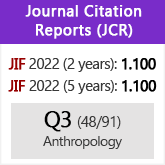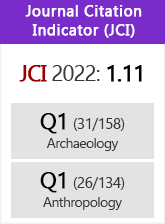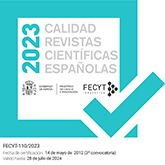The management of the Côa valley rock art (Portugal)
DOI:
https://doi.org/10.3989/tp.2000.v57.i2.247Keywords:
Palaeolithic art, World heritage, Conservation and management of archaeological heritageAbstract
The Côa valley rock art would have been completely submerged if construction of the large Foz Côa dam, began in 1992, had been allowed to continue. The dam project was halted in 1995 and a 200 km2, archaeological park was established in this area, which is now legally protected at the highest level as a National Monument. Public access to selected sites is organized through four-wheel drive tours of groups of eight people accompanied by guides appropriately trained in archaeology and rock art studies. Visitor Centers were set-up in restored traditional houses located in the villages around the periphery of the park. A museum of art and archaeology and associated research facilities is to be established at the site of the now abandoned dam. The universal importance of the valley's cultural heritage and the landmark nature of the Portuguese government's decision to preserve it in spite of the huge financial loss involved have been widely acclaimed. As a result, the prehistoric rock art of the Côa was included in the World Heritage List in December 1998.
Downloads
Download data is not yet available.
Downloads
Published
2000-12-30
How to Cite
Zilhão, J. (2000). The management of the Côa valley rock art (Portugal). Trabajos De Prehistoria, 57(2), 57–64. https://doi.org/10.3989/tp.2000.v57.i2.247
Issue
Section
Articles
License
Copyright (c) 2000 Consejo Superior de Investigaciones Científicas (CSIC)

This work is licensed under a Creative Commons Attribution 4.0 International License.
© CSIC. Manuscripts published in both the printed and online versions of this Journal are the property of Consejo Superior de Investigaciones Científicas, and quoting this source is a requirement for any partial or full reproduction.All contents of this electronic edition, except where otherwise noted, are distributed under a “Creative Commons Attribution 4.0 International” (CC BY 4.0) License. You may read here the basic information and the legal text of the license. The indication of the CC BY 4.0 License must be expressly stated in this way when necessary.
Self-archiving in repositories, personal webpages or similar, of any version other than the published by the Editor, is not allowed.
















